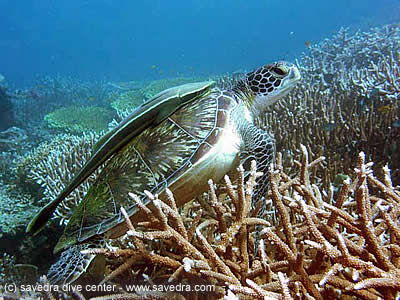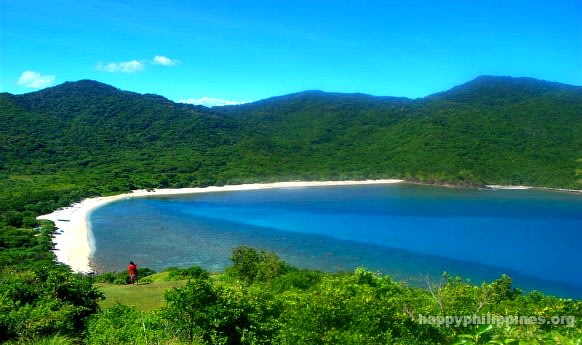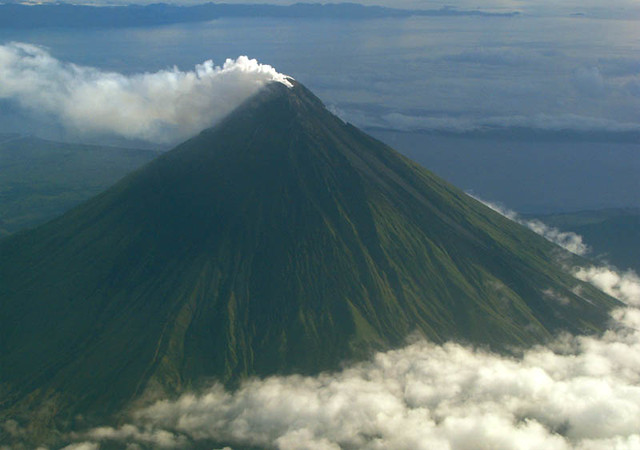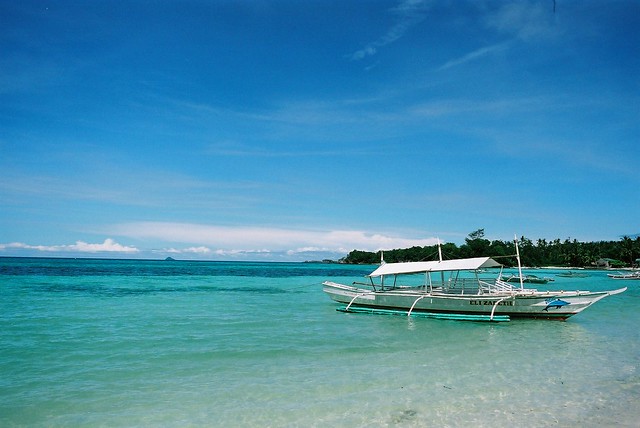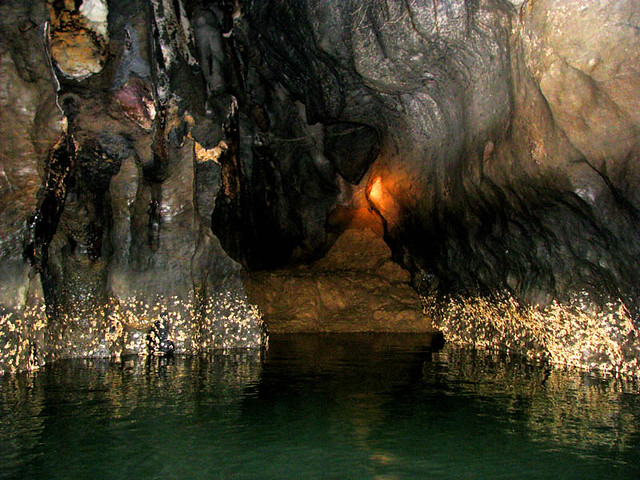Cebu Dive & Adventure Travel - Scuba Diving, Dive Safaris & Live-aboards in the Philippines
Cebu is the traveler's
fantasy of a tropical island come true - balmy weather, pristine beaches,
crystalline waters, and luxurious resorts with all the frills of modern living.
The island-province of
Cebu was where the Portuguese navigator Ferdinand Magellan planted the Cross of
Christianity in the name of Spain in 1521. But even before Cebu became the
Occidental gateway to the Orient, it was already a popular entry point among
Asian merchants.
Cebu has since blossomed
into a choice tourist destination, with many leisure establishments taking full
advantage of its sea-valley-and-mountain location.
Metropolitan Cebu, the country's second biggest metropolis, is the political,
economic, educational and cultural center of the Visayas. Hotels, shopping
malls, entertainment halls, casinos and golf fairways are ever present in the
metro to cater to every tourist's whim.
The rest of Cebu's 166
islands and islets are fringed with sandy beaches and sapphire-clear waters
teeming with marine life, perfect for divers.





